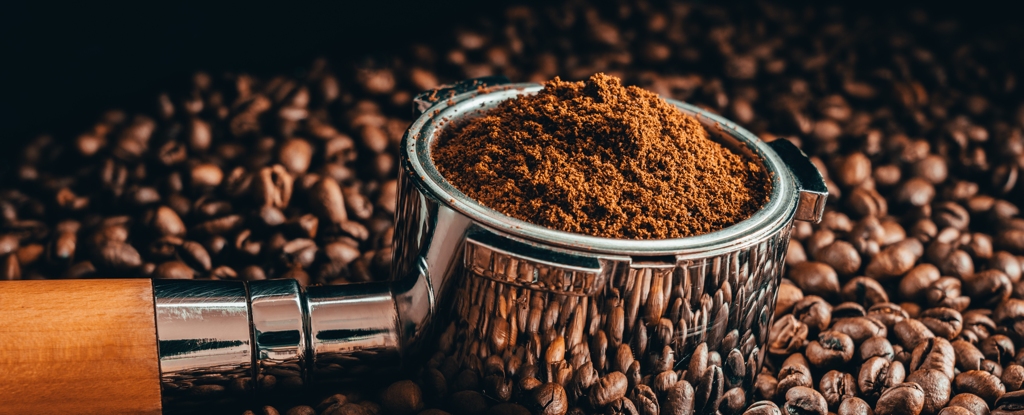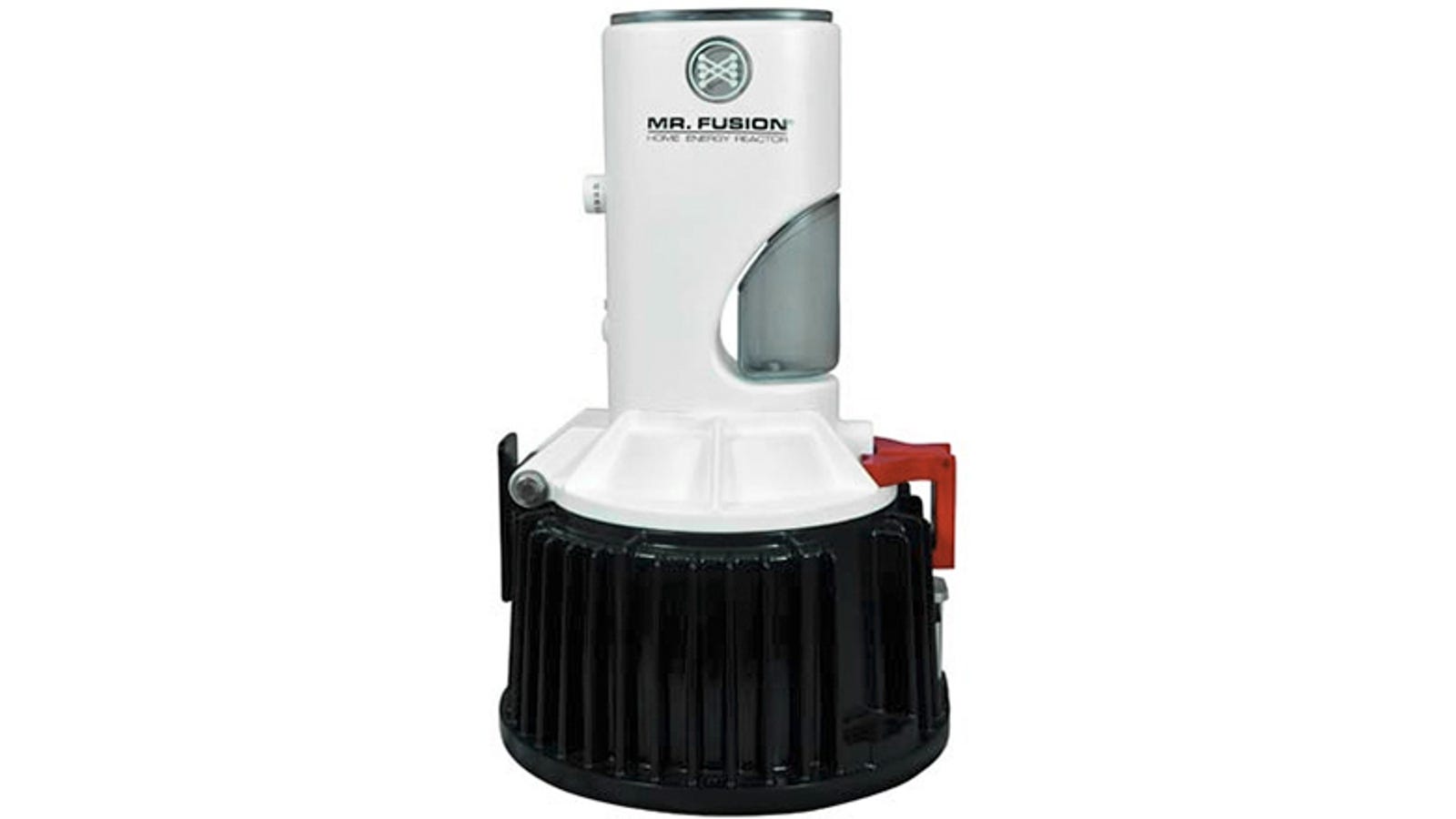
Posted on 09/07/2023 5:53:30 AM PDT by Red Badger

We could be producing concrete that's 30 percent stronger by processing and adding charred coffee grounds to the mix, researchers in Australia have discovered.
Their new recipe could solve multiple problems at the same time.
Every year the world produces a staggering 10 billion kilograms of coffee waste globally. Most ends up in landfills.
"The disposal of organic waste poses an environmental challenge as it emits large amounts of greenhouse gases including methane and carbon dioxide, which contribute to climate change," explains RMIT University engineer Rajeev Roychand.
With a booming construction market globally, there's also an ever increasing demand for resource intensive concrete causing another set of environmental challenges too.
"The ongoing extraction of natural sand around the world – typically taken from river beds and banks – to meet the rapidly growing demands of the construction industry has a big impact on the environment," says RMIT engineer Jie Li.
"There are critical and long-lasting challenges in maintaining a sustainable supply of sand due to the finite nature of resources and the environmental impacts of sand mining. With a circular-economy approach, we could keep organic waste out of landfill and also better preserve our natural resources like sand."
Organic products like coffee grounds can't be added directly to concrete because they leak chemicals that weaken the building material's strength. So using low energy levels the team heated coffee waste to over 350°C (around 660° F) while depriving it of oxygen.
This process is called pyrolyzing. It breaks down the organic molecules, resulting in a porous, carbon-rich charcoal called biochar, that can form bonds with and thereby incorporate itself into the cement matrix.
Roychand and colleagues also tried pyrolyzing the coffee grounds at 500°C but the resulting biochar particles were not as strong.
The researchers caution that they still need to assess the long term durability of their cement product. They're now working on testing how the hybrid coffee-cement performs under freeze/thaw cycles, water absorption, abrasions and many more stressors.
The team is also working on creating biochars from other organic waste sources, including wood, food waste and agricultural waste.
"Our research is in the early stages, but these exciting findings offer an innovative way to greatly reduce the amount of organic waste that goes to landfill," says RMIT engineer Shannon Kilmartin-Lynch.
"Inspiration for my research, from an Indigenous perspective, involves Caring for Country, ensuring there's a sustainable life cycle for all materials and avoiding things going into landfill to minimize the impact on the environment."
Their research was published in the Journal of Cleaner Production.
I compost them.
They also used slat water. You would think that they would do the same thing in Hawaii as they have a lot of both.
Roses love them ‘as is’!................
Salt degrades the steel rebar....................
Whomever invents a way to separate garbage easily, where we dont have to separate anything and all the waste becomes reusable is going to become the wealthiest person on the planet.
Stop. End there. Next article.
"Inspiration for my research, from an Indigenous perspective, involves Caring for Country, ensuring there's a sustainable life cycle
Aww crap. I kept reading.
An organic product that will decompose over time. Will basically be aerated concrete which is already known to have limited lifetime.
You may want to consider keeping coffee grounds to burn in the winter for heat when the non-green power sources are completely phased out.
If climate freaks come for my coffee, I will not be--cannot be--held responsible for my actions.
Seems like to me they could do the same thing with coal dust..............
As with the compost and roses fanciers' notions, we do both. A pot of filtered espresso a day provides a nice supply. I will garden today with them!

What gauge wire would you need for running 2.1 GW between mr.fusion and the flux capacitor?
Just asking, because it’s not conspicuous on the delorean. /geek
I know that that the science is there to reduce every to its constitutional elements. They jolt the garbage with thousands of volts and they heat up the garbage to something like 1800C, all within a second. The combination of electricity and heat like that breaks the bonds of molecules and the garbage gets to elements.
It is new, but it looks huge to me.
“…a staggering 10 billion kilograms of coffee waste”
You want staggering? I produce half of that all by myself.
It’s too much trouble
Is it true coffee grounds are a good skunk repellant?
[[ “The disposal of organic waste poses an environmental challenge as it emits large amounts of greenhouse gases including methane and carbon dioxide, which contribute to climate change,”]]
The bs just never stops with those folks. The facts refute their ignorant claims- co2 isn’t anywhere near a large enough “greenhouse gas” to cause even a smidgen of movement o e way or the other climate-wise.
Didn’t you read the article? Composting causes global warming!
“invents a way to separate garbage easily”
Ever see the monster separaters they use in Disaster Recovery areas? Everything in, shredded sorted comes out.
Reduce, Reuse, Recyle.
We got the model already.
Begins with reducing Packaging waste.
crazy how much plastic and paper is used is some packages.
Then reducing consumer waste.
Weird how they recycle all those white foam takeout food containers in Japan.
Then recycling all the basics metals.
I watch a very entertaining Dumpster Diver YouTube guy in Texas, Mike the Scavenger. Even he leaves soda/pop/cola/beer cans behind.
Then BURN the rest for energy production.
Disclaimer: Opinions posted on Free Republic are those of the individual posters and do not necessarily represent the opinion of Free Republic or its management. All materials posted herein are protected by copyright law and the exemption for fair use of copyrighted works.